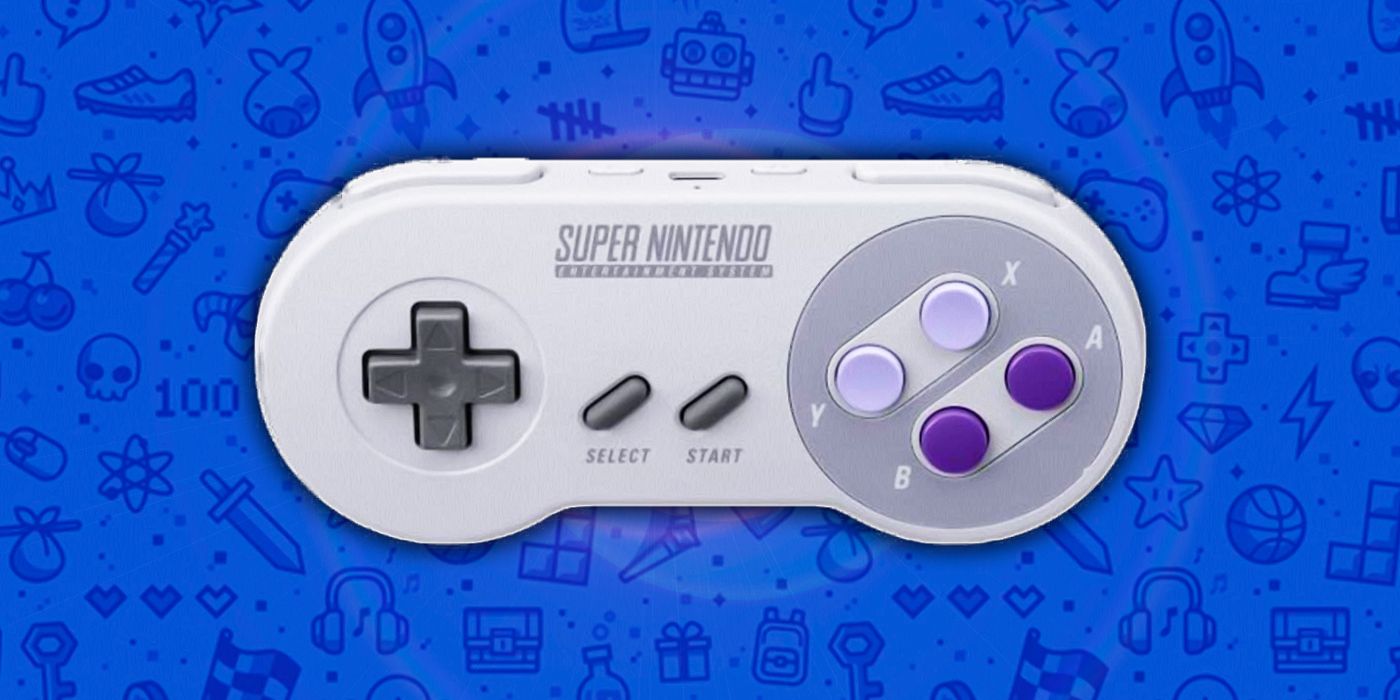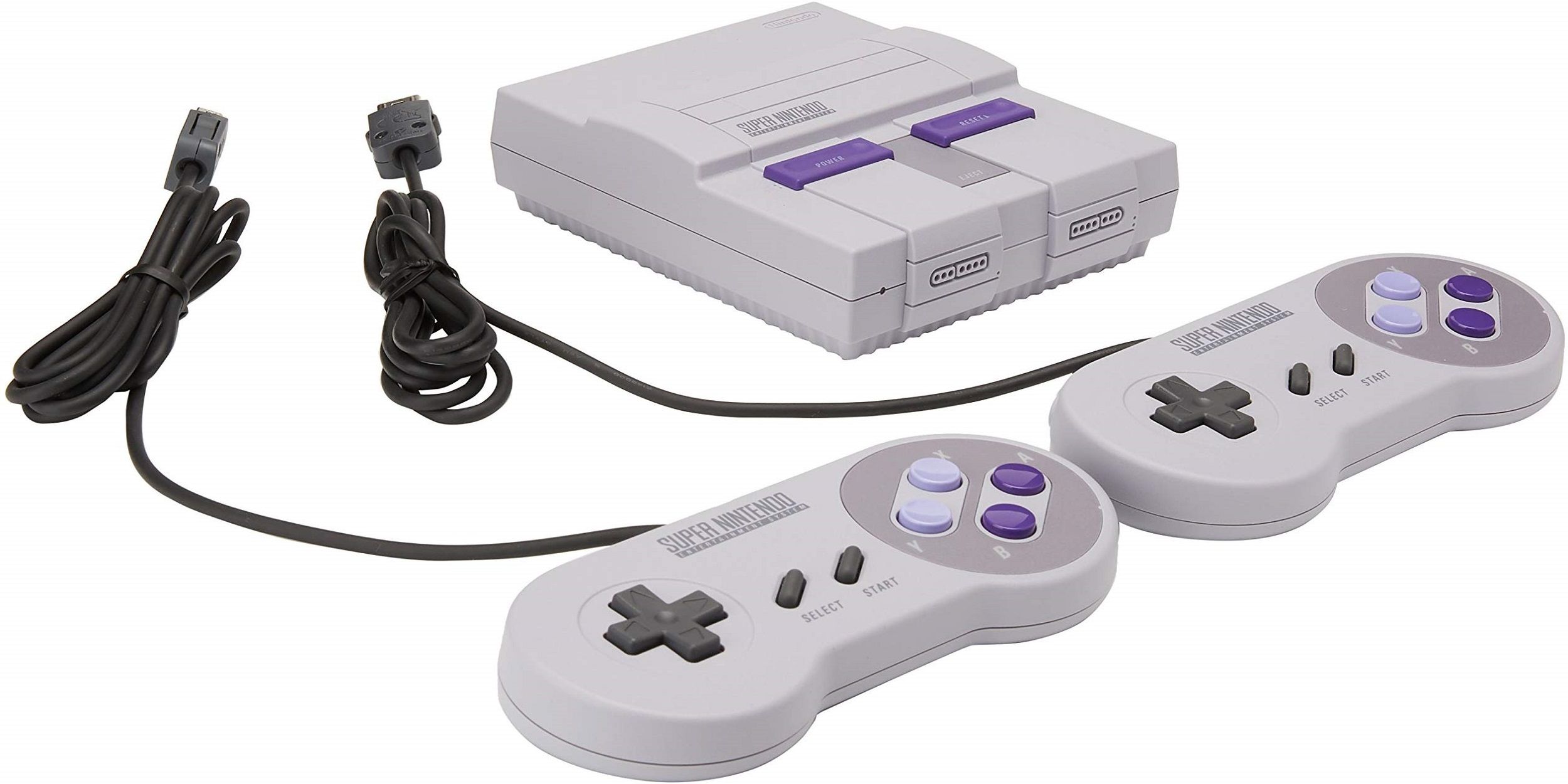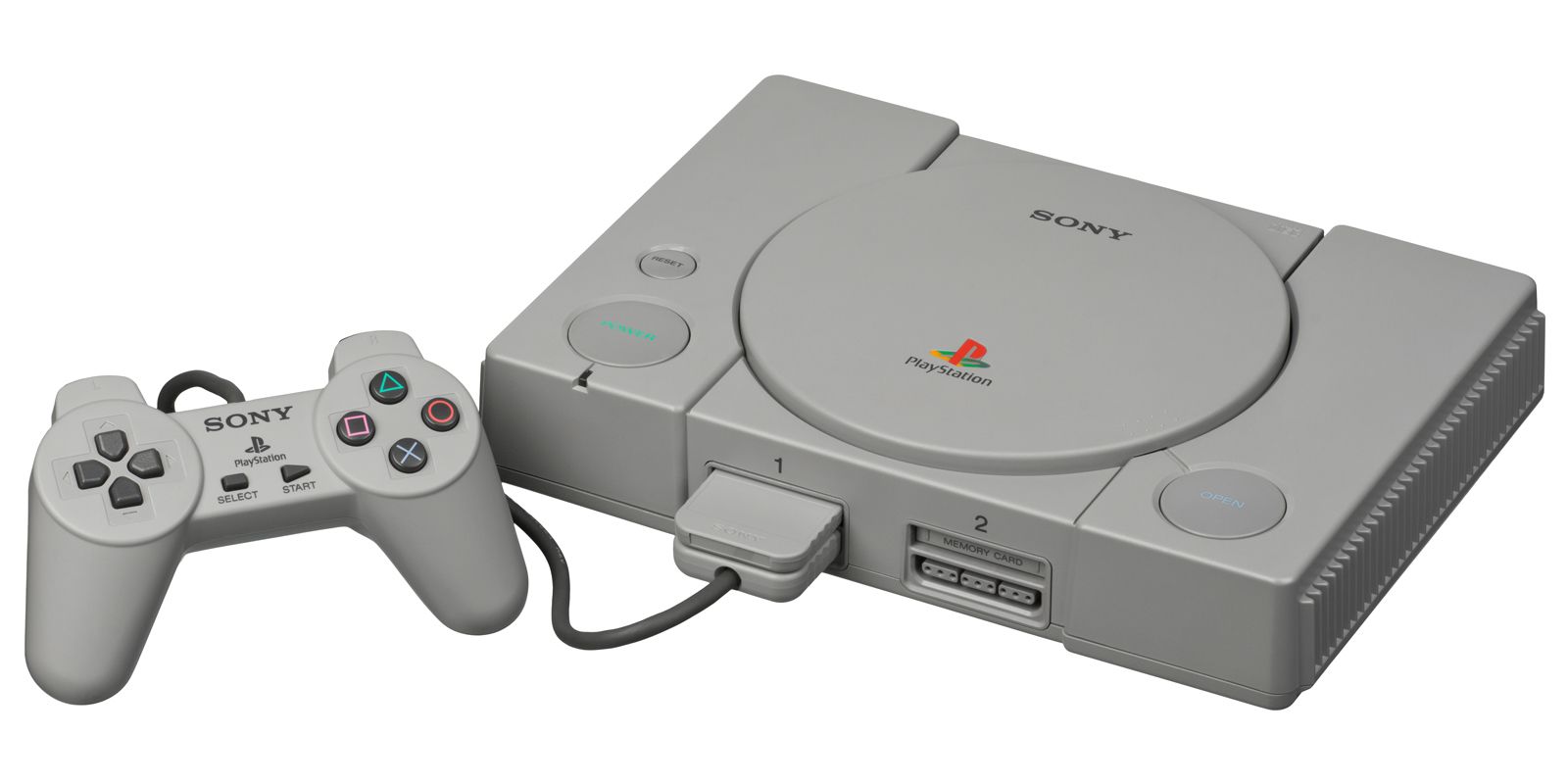What Colors Did The Snes Controllers Come In
How the Super Nintendo Influenced the Modern Gaming Controller
So many controllers across unlike video game companies owe themselves to Nintendo, who revolutionized controller designs equally we know them.

The paradigm of the mod video game controller is instantly familiar fifty-fifty to people who don't play video games, with even the most casual of observers recognizing the cross-shaped directional pad and four confront buttons of various colors and icons. All the same controllers didn't always feature this user-friendly, like shooting fish in a barrel-to-acquire control scheme, with Nintendo's influence being a significant factor in how controllers are today. When Nintendo introduced the NES, its new controller featured a revolutionary cross-shaped directional pad and two buttons. It was a uncomplicated blueprint that was shockingly versatile for a great variety of games. Regardless of what type of game information technology was, the NES controller provided satisfactory performance all effectually.
This controller design was then successful that other companies started copying its general layout. Meanwhile, Nintendo understood that the added graphical and technical capabilities of 16-chip gaming meant it had to increase controller functionality without compromising familiarity and accessibility. In designing the Super Nintendo controller, Nintendo not but succeeded in its goal simply unknowingly created what all modern controllers would model themselves after.

Featuring four face buttons and two shoulder buttons, the Super Nintendo controller stepped up its game to match the increasing complexities of its software library. It immune for arcade fighting games like Street Fighter to be viably ported. For other games, it reduced the need for push button combos, such as secondary attacks in Castlevania to use a shoulder button instead of upwardly+B. Combined with rounded grips for comfort, Nintendo fabricated the perfect controller for its second panel generation and laid the template for gaming companies to follow, with the near notable mimicry coming from Sony'southward own.
The PlayStation started its life equally a collaboration betwixt Nintendo and Sony to brand a disc addition for the Super Nintendo like to the Sega CD. When the bargain barbarous through, Sony decided to brand its ain video game console, including several aspects of the original Nintendo prototype into the pattern. Nowhere is the Nintendo influence more evident than in the design of the console's controller, looking all too familiar to players even back and then.

Many have noted that the PlayStation controller strongly resembles the SNES controller in layout, especially the showtime generation model with its lack of control sticks. The just addition is foregrips and extra shoulder buttons. Information technology features a segmented directional pad instead of a solid cross shape and 4 buttons, which use geometric shapes instead of letters. This was an inspired option; in Japan, "circumvolve" meant to select and "cantankerous" meant to abolish, much like how "B" and "A" functioned on a SNES controller. However, many games localized to the US had the "cross" push every bit the main choice button, leading to another re-booted layout on a rival console's controller: the Xbox's.
Microsoft's Xbox controller clearly takes itself after the PlayStation DualShock controller upgrade with its dual analog stick placement and thick grips but borrows a fiddling actress from Nintendo once again with face buttons that are both colored and lettered. Because many players used the "cross" push on the PlayStation and so regularly, Microsoft seemed to anticipate this by making the bottom face button the A push and a default pick button as it was in many Nintendo games. Since and so, the PlayStation and Xbox controllers accept remained functionally identical to one another with similar features, with no significant revolutions to warrant a substantial change in the overall pattern, and it's all cheers to Nintendo revolutionizing controllers in the first place.
About The Writer
What Colors Did The Snes Controllers Come In,
Source: https://www.cbr.com/snes-controller-modern-gaming/
Posted by: jamesmethery.blogspot.com



0 Response to "What Colors Did The Snes Controllers Come In"
Post a Comment